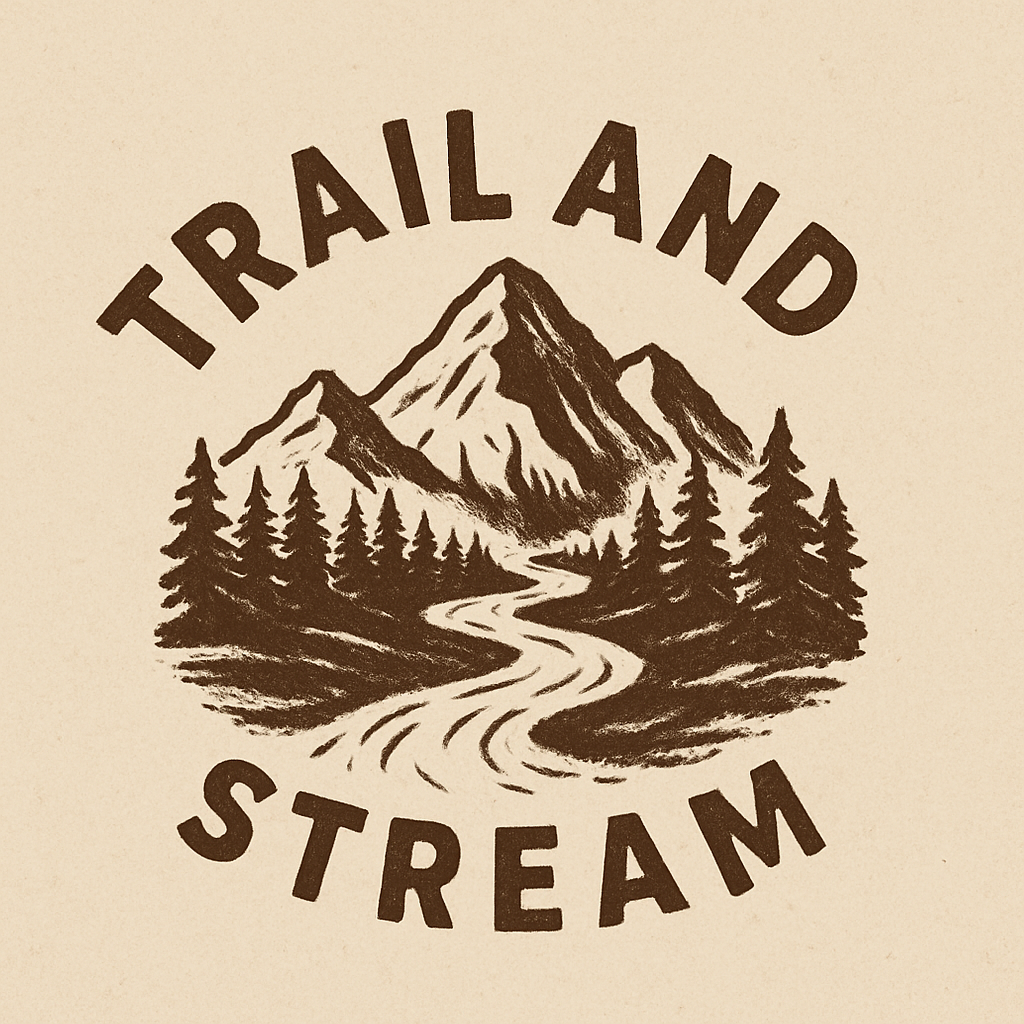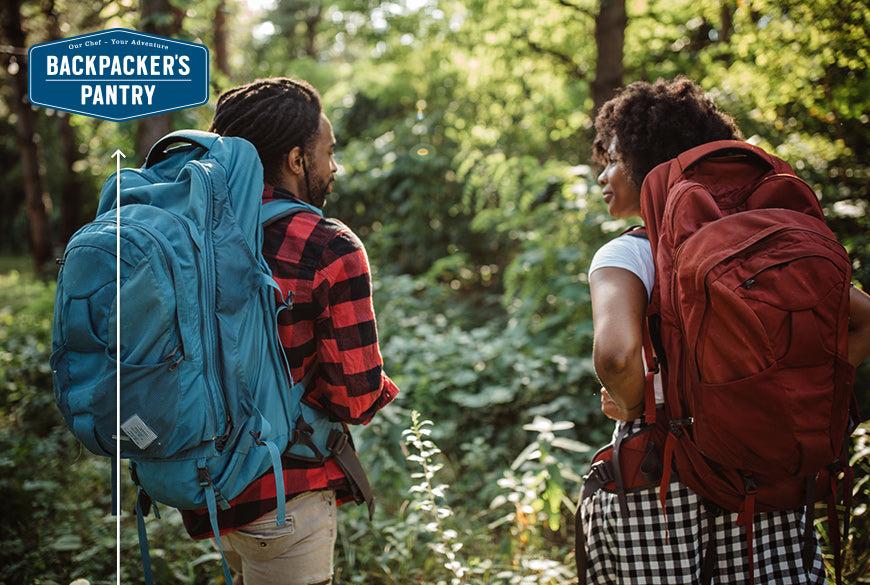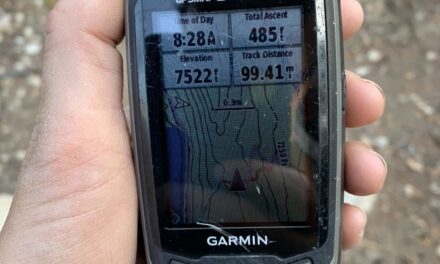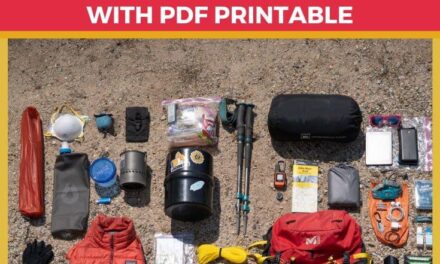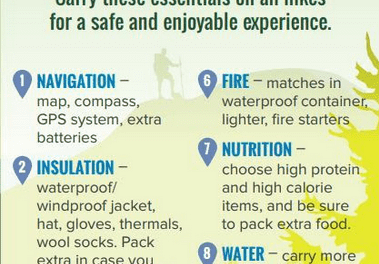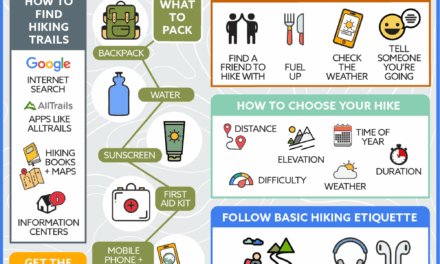The Ultimate Guide to the Best Backpacking Backpack
Estimated reading time: 8 minutes
Table of Contents
Key Takeaways
- Understanding different types of backpacking backpacks helps tailor your choice to your trip length and needs.
- Key features such as weight, capacity, material durability, and ergonomic design are crucial for comfort and performance.
- Reviewing top-rated models like Osprey Atmos AG 65 and Gregory Baltoro 75 assists in making an informed decision.
- Proper fitting and regular maintenance extend the lifespan of your backpack, ensuring smooth adventures.
Body Content
Section 1: Types of Backpacking Backpacks
Choosing the right backpacking backpack depends on understanding the various categories available. Here are the main types:
Day Packs (Under 35L)
If you’re planning short hikes or day trips, a day pack is ideal. Typically ranging from 20L to 35L, these lightweight packs are designed to carry essentials like water, snacks, and a first-aid kit. Look for models with comfortable shoulder straps and a hydration reservoir option to stay refreshed.
Weekend Packs (35-50L)
For short excursions lasting 1-3 nights, a weekend pack offers a balance of space and weight. Capacities from 35L to 50L can hold sleeping gear and cooking supplies. Consider models like the Gregory Paragon 60 which are popular among weekend warriors.
Multi-Day Packs (50L+)
For extended trips and rugged terrain, multi-day backpacks are essential. With capacities of 50L and above, these packs are built to carry heavier loads. The Osprey Atmos AG 65 is a leading choice, thanks to its adjustable fit and advanced suspension system.
Ultralight Backpacking Packs
Minimalists prefer ultralight packs, usually weighing under 2 pounds. The Hyperlite Mountain Gear Southwest 55 exemplifies this category, offering durability, waterproofness, and enough space for multi-day outings without adding weight.
Section 2: Key Features to Consider
When selecting the best backpacking backpack, it’s important to evaluate features that affect performance and comfort. These include:
Weight Considerations
The weight of your pack impacts your hiking experience. Lighter packs, such as those from ULA, are favored by fast and thru-hikers. For heavier gear or longer hikes, a more durable, heavier pack can provide better support.
Capacity Needs
Your trip duration determines capacity: weekend trips typically require a 50L pack, while extended journeys might need 65L or more to fit all gear, including sleeping bags and food supplies.
Material Durability
High-quality materials like high-denier nylon or Dyneema fabric enhance resistance to rip and tear. Water-resistant and waterproof options protect your gear during unexpected rain.
Ergonomic Design
A well-made pack should feature adjustable components for a snug fit. Focus on:
- Torso length: Adjustable for a perfect fit
- Hip belt adjustability: Helps distribute weight efficiently
- Compression straps: Stabilize loads and prevent shifting
Use a backpack fitting guide to ensure an optimal fit — as comfort is key over long distances.
Weight-to-Capacity Ratios
Ultralight hikers should aim for a ratio of approximately 1:10—meaning for every pound of weight, your pack should provide about 10 liters of capacity. This balance allows for longer hikes with less fatigue.
Section 3: Top Hiking Backpack Reviews
Reviews can be overwhelming, given the many options. Below are summaries of some leading models:
| Model | Notable For | Pros | Cons |
|---|---|---|---|
| Osprey Atmos AG 65 | Best Overall | Superior comfort, excellent ventilation, adjustable fit | On the heavier side, pricey |
| Gregory Baltoro 75 | Heavy-Hauler | Excellent support for heavy loads, durable | Bulkier for lighter trips |
| Hyperlite Mountain Gear Southwest 55 | Ultralight Option | Extremely lightweight, waterproof, durable | Higher price, fewer organizational features |
| ULA Ultra Circuit | Durability + Ultralight | Under 2.5 lbs, comfortable straps | Less cushioning than heavier models |
| Gregory Paragon 60 | Best for Comfort | Ergonomic design, generous pockets | Slightly heavy, potentially excessive space for day hikes |
In-Depth Model Insights
Osprey Atmos AG 65: Features the Anti-Gravity suspension system, offering exceptional weight distribution and breathability, ideal for longer hikes.
Gregory Baltoro 75: Known for its Response A3 suspension, supporting heavy loads and with multiple access points for convenience.
Hyperlite Mountain Gear Southwest 55: Crafted with Dyneema fabric, waterproof and durable while maintaining ultra-light weight—perfect for minimalist travelers.
ULA Ultra Circuit: Supports long-distance travel with a simple, supportive design, weighing less than 2.5 pounds.
Gregory Paragon 60: Prioritizes fit and comfort, featuring a padded hip belt and lumbar support to enhance comfort during extended hikes.
Section 4: How to Choose the Best Backpacking Backpack for Your Needs
To find the perfect pack, start by evaluating your personal needs:
- Body type: Use fitting guides for accuracy
- Trip duration: Short trips or long adventures require different capacities and features
- Load weight: Know your typical gear weight to select a suitable capacity
Using a Backpack Fitting Guide
Follow these steps for proper fit:
- Measure torso length: Many packs are adjustable but knowing your measurement improves fit
- Adjust the hip belt: It should rest on your hips comfortably
- Test load balance: Fill your pack with representative weight and walk around to feel comfort and stability
Visit the REI backpack fitting guide for comprehensive instructions.
Visualize Your Hiking Profile
Consider your typical hiking scenarios, such as:
- Weekend trips with light gear
- Long-distance treks requiring ultralight setups
A carefully selected backpack enhances comfort, safety, and enjoyment. Take your time with fitting and testing to ensure optimal performance.
Section 5: Maintenance and Care for Your Backpack
Proper maintenance prolongs your backpack’s usability:
Cleaning
After each trip, empty the pack completely and clean with mild soap and water. Avoid machine washing to prevent damage.
Inspection
Regularly check for issues like frayed straps or damaged zippers. Address minor repairs early using patching techniques to extend its lifespan.
Proper Storage
Store your pack in a cool, dry place away from direct sunlight. Hanging it or keeping it in a breathable bag prevents mold and material degradation.
Adopting consistent care routines ensures your backpack remains reliable for countless adventures.
Frequently Asked Questions
How do I determine the right size of backpack for me?
Measure your torso length and waist circumference to select a pack size that offers adjustable features. Most brands provide sizing guides based on these measurements to help you find a perfect fit.
What features should I prioritize for a multi-day hike?
Prioritize a capacity of 50L or more, adjustable suspension systems for comfort, durable and water-resistant materials, and multiple access points for easy gear retrieval. Comfort features like padded hip belts are also essential.
Can I use a day pack for overnight trips?
While possible, a day pack (under 35L) may be too small for overnight gear. Consider a weekend pack or multi-day pack designed for longer trips to ensure comfort and adequate space.
How do I maintain the waterproof features of my pack?
Regularly check and reapply waterproof treatments as recommended by the manufacturer. Store your pack in a dry place and avoid prolonged exposure to direct sunlight, which can degrade waterproof coatings.
